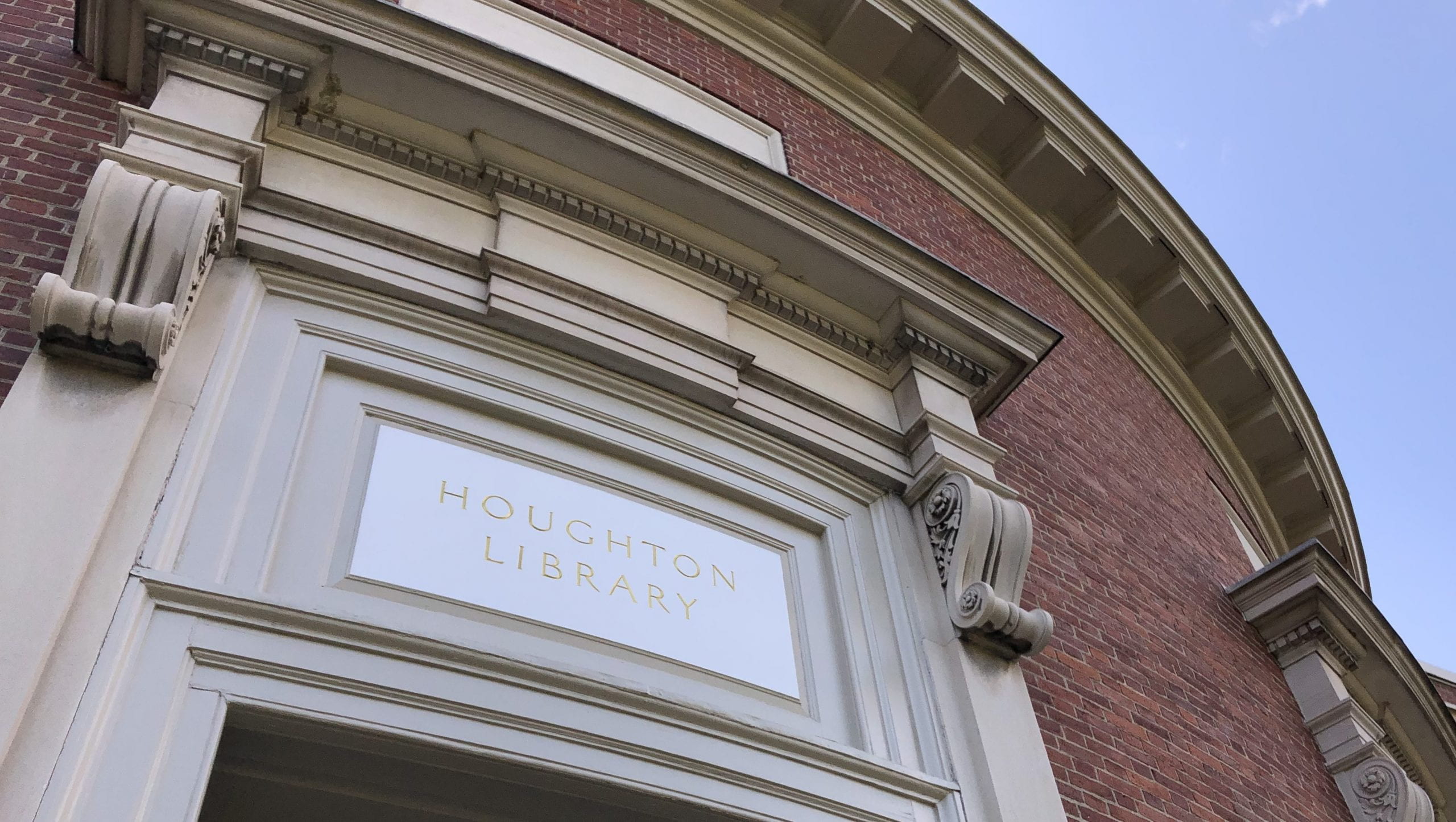John Ashbery is gone. A pivotal figure in 20th– and 21st-century literature, few poets have been as honored as he: recipient of the Bollingen Prize, the National Humanities Medal, a MacArthur “genius” grant, and numerous other awards. His 1975 collection, Self-Portrait in a Convex Mirror, won the American book world’s triple crown: the Pulitzer Prize, the National Book Award and the National Book Critics Circle prize. Noted for his wordplay, for combining everyday expressions with high classical references, his poetry was sometimes described as elusive, challenging, puzzling, or surreal, but no one denied its brilliance, and it has proven deeply influential to the next generation of poets.

At Houghton, Ashbery’s papers are one of the pillars of the Library’s American poetry collection, along with T.S. Eliot, Wallace Stevens, and Robert Lowell. Papers of his artist friends, Jane Freilicher and Nell Blaine, provide added depth in considering Ashbery’s relationship with the contemporary art scene. He was a noted art critic, and allusions to art, and the subject of art, recur throughout his poetry.
In some ways, Ashbery’s poetry is resistant to the efforts of the Library to document his work through his papers—although Karin Roffman’s recent biography, The songs we know best: John Ashbery’s Early Life, makes good use of the archive. The poet should have the last word. “I don’t find any direct statements in life,” Ashbery explained to the London Times. “My poetry imitates or reproduces the way knowledge or awareness comes to me, which is by fits and starts and by indirection. I don’t think poetry arranged in neat patterns would reflect that situation.”

Leslie A. Morris, Curator of Modern Books and Manuscripts, contributed this post.
